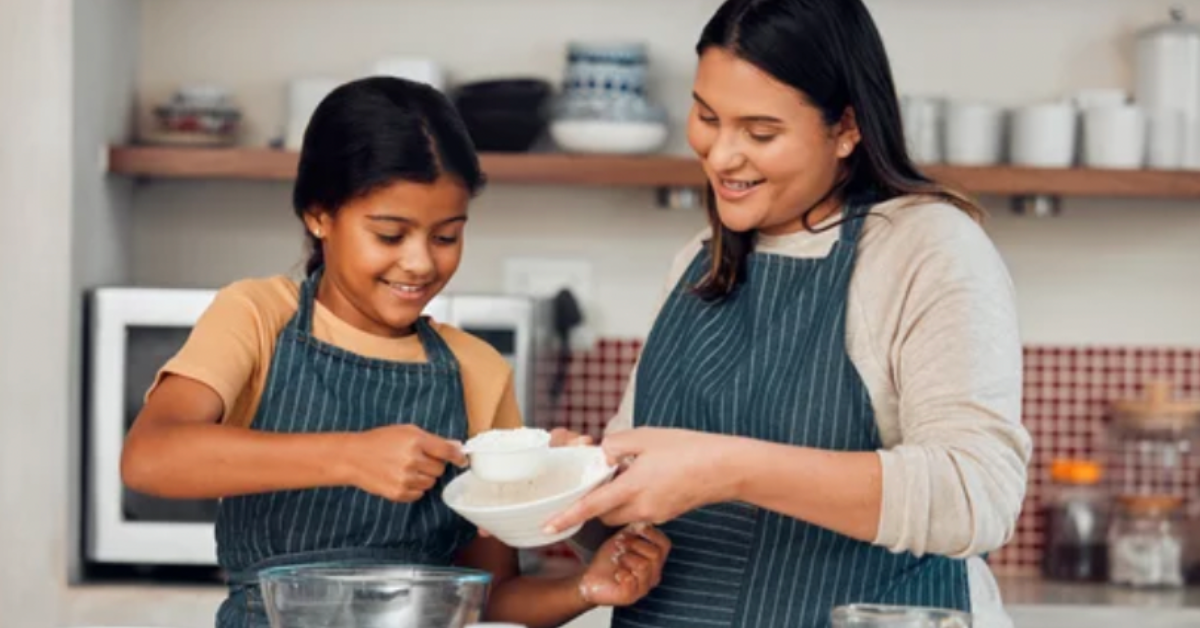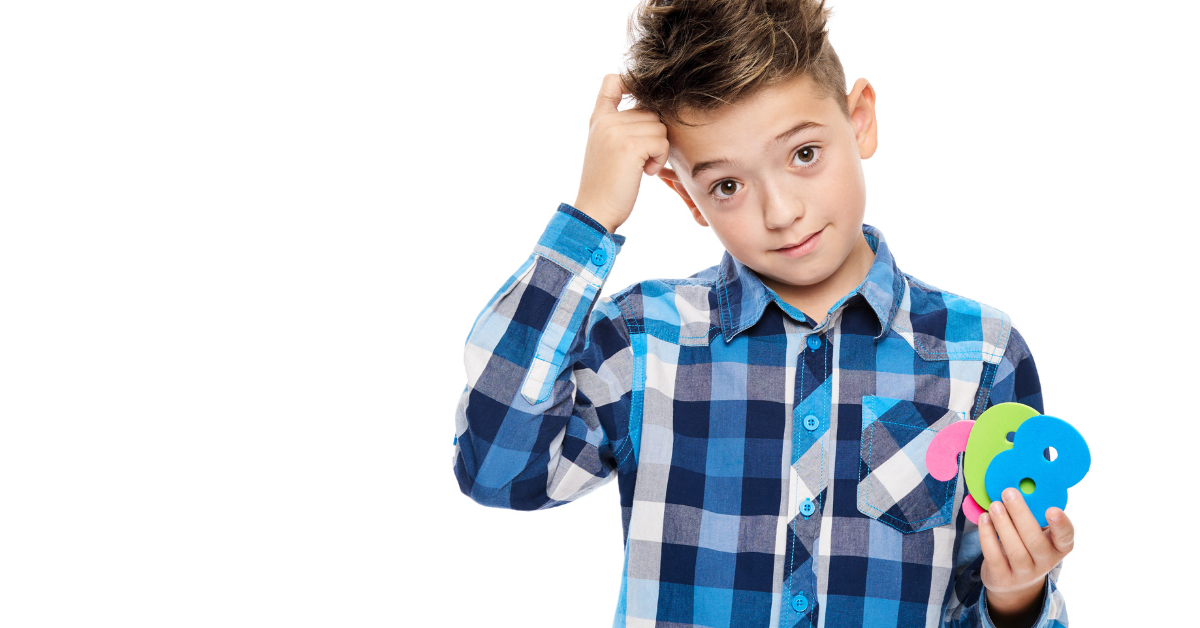Learning differences refer to the unique ways in which children learn and process information and the rates at which they acquire and retain skills. They often interfere with a child’s ability to comprehend new concepts in a mainstream setting.
Therefore, children with learning differences benefit from a multi-sensory learning environment where they can experience mathematical concepts by “seeing” and “doing”.
Bridging what a child has learned in the classroom to what a student experiences in the real world becomes a crucial part of developing and fostering mathematical skills. Creating an authentic, engaging learning experience allows students with learning differences to enjoy the learning process and begin to apply instructed concepts.![]()

One thing to remember is that math is more than just a paper-pencil task and our job, as educators and caregivers, is to show children the importance of mathematical skills through everyday application.
Effective strategies for supporting math students at home are those that reinforce what has been instructed in the classroom, make connections to the real world, and are fun!
Building Math into Daily Activities
Providing frequent opportunities for mathematical thinking outside the classroom is crucial, but mundane worksheets, workbooks, and online programs become laborious tasks, difficult for children to engage in.
Practicing and applying important math concepts at home doesn’t have to feel like more work. Here are some simple strategies and ideas for enhancing everyday activities and routines to reinforce your child’s math skills.
Estimation, the quick calculation of the value, number, or quantity of something.
- About how many green (or any color!) Legos are in this set?
- About how many strawberries are in the container? If you eat three strawberries every day, will there be enough in the container to last the week?
- About how many minutes have we been in the car?
- About how many cars are in the parking lot? About how many cars are red?
- About how many pizzas will you need to feed ten people?
- How many boxes will fit on the shelf?
- How much space do you need to hang your posters?
Consumer math, using basic math skills in real-life situations.
- Ask your child to read the price tag.
- Round prices to the nearest dollar! “It costs about _____ dollars”.
- Would you pay for this item using a $10, $20, $50, $100 bill?
- Which item costs the most? Which item costs the least?
- How much do 2 or more items cost together? Estimate and find the exact answer.
- Discuss the parts of a store receipt.
- Earn cash allowance for chores and then practice counting bills and coins.
- Set “piggy bank” goals. How much money have they saved? How much do they want to save? How much more money do they need to save? If they get $_____ per week, how many weeks until they reach their goal?
Probability and statistics, likelihood of something happening, and using data, with the weather.
- Check the weather each morning and have your child practice reading the temperature!
Round the temperature “It is about _____ degrees”. - Would this temperature be considered cold, cool, warm, or hot?
- Discuss the likelihood of rain based on the precipitation percentage.
- Will it be warmer or cooler tomorrow?
- What’s the difference in temperature between yesterday and today?
- What was the average temperature last week?
- What do you predict the average temperature to be this week?
Time, quantifying the duration of events or time that passes.
- Practice reading time on an analog clock.
- Keep time with a stopwatch (i.e. car rides, movies, homework, walks).
- Estimate time of different activities (i.e. movies, eating a meal, a sporting event).
- Ask your child what time events start and what time they need to leave the house.
- Keep a daily schedule with start and finish times.

Geometry and measurement, defining and describing shapes and determining the size or amount of something.
- Make shapes using spaghetti, Play-Doh, shaving cream or sand! Discuss the number of sides and corners for each shape.
- Shape hunt: Name a shape and ask your child to go around the house (or outside!) and find as many objects as they can to match the shape.
- Practice length using non-standardized units of measurement. How many paper clips are needed to measure a book? How many pencils are needed to measure the table? Don’t forget to estimate first!
- Choose a recipe together and bake, measuring ingredients.
Play Games!
- Card, dice and board games all offer opportunities for your child to predict, estimate, and count.
- Games that provide tactile opportunities reinforce math concepts with more sensory input.
- Rather than telling your child what to do or how to do it, model your own thinking and think out loud when it’s your turn.


